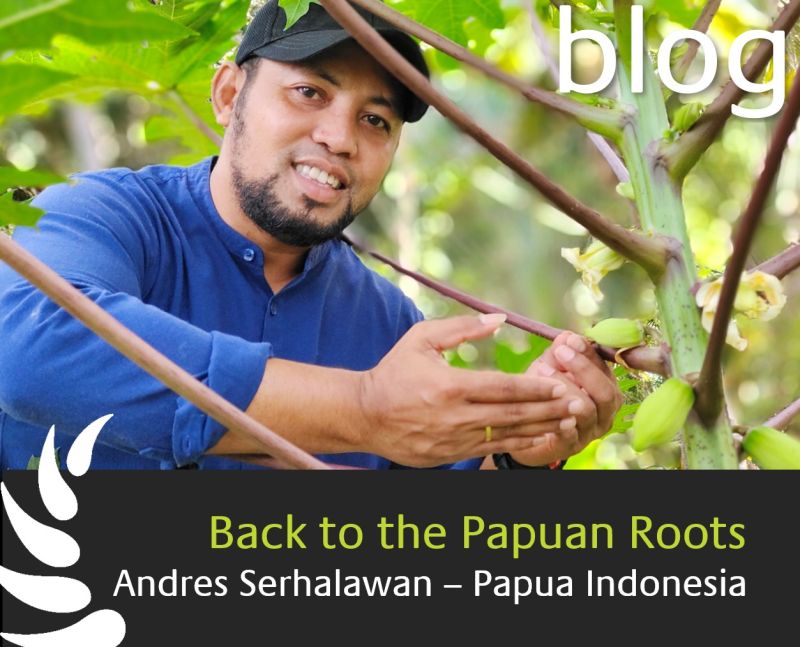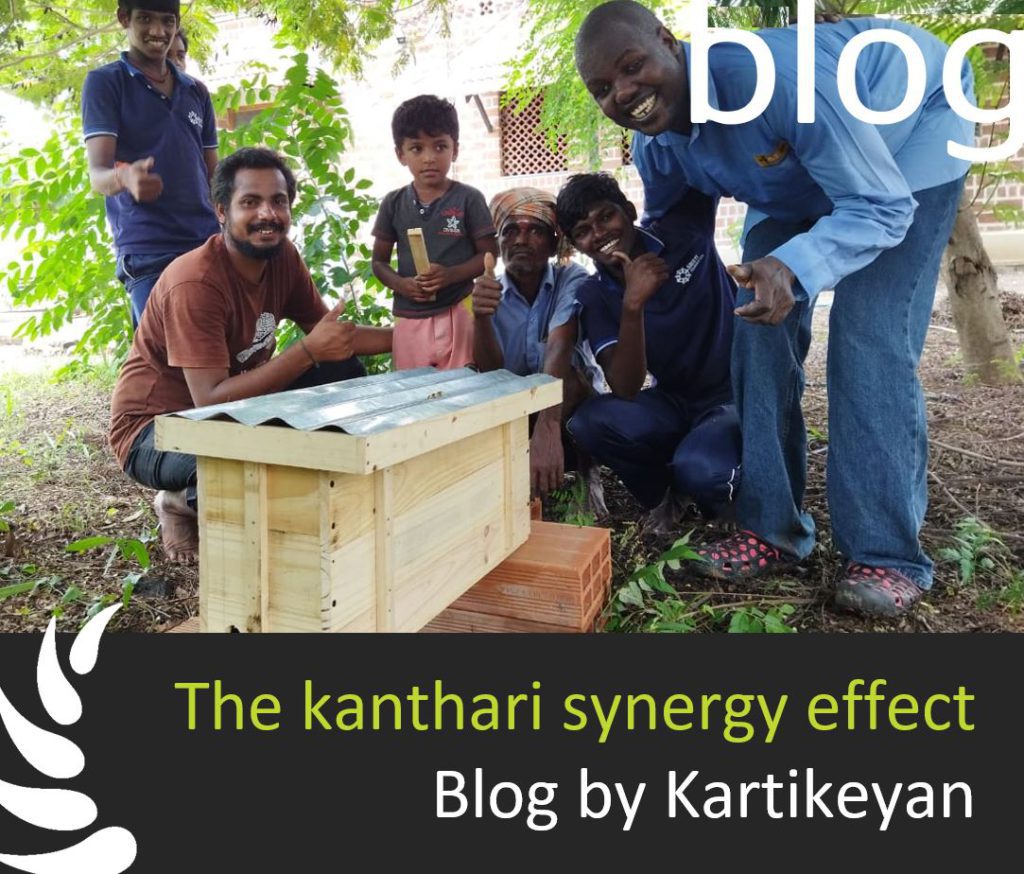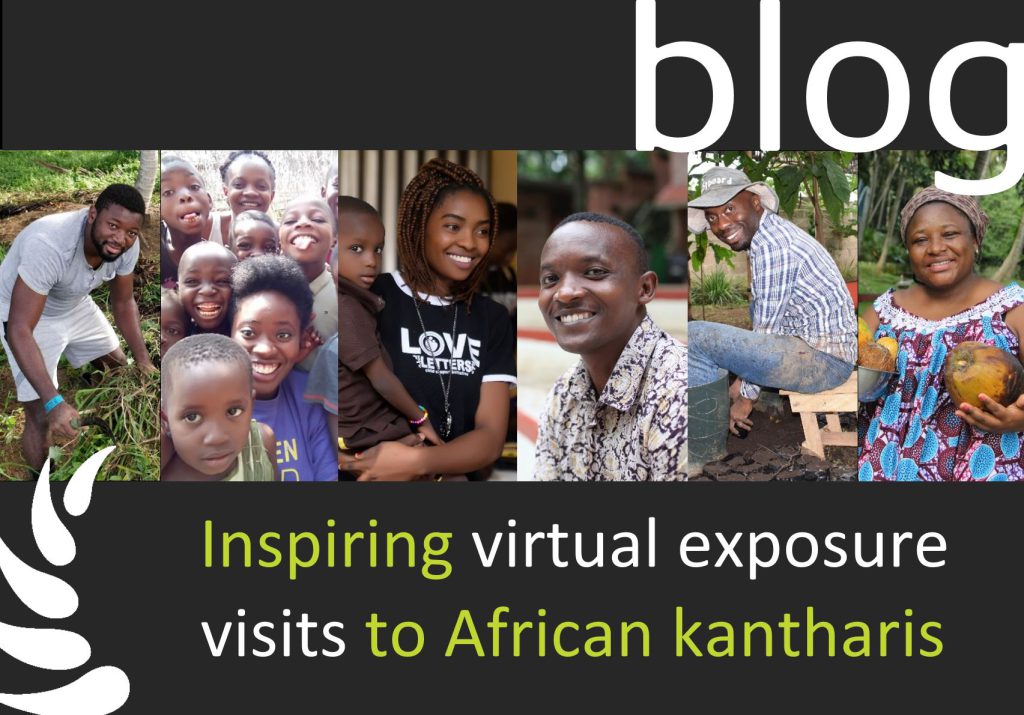Summary
As a person born in the city of Merauke and with Malind-Papuan blood, I am sad to see the environmental damage happening in my place of birth. Moreover, when Merauke was designated as the center of the national rice granary, forests were transformed into rice fields. This, of course, affected the indigenous Marind community too. With the loss of the forests, would it not be great to re-create a natural surrounding, focus on non-timber products, and take care of wildlife?
Back to the Papuan roots
by Johan Andre Serhalawan
“Fresh air and blue skies, accompanied by chirping birds, shady trees, and dense forests” was the view in my grandma’s village, which is 40 km from Merauke. Spending school holidays in the town feels like living in heaven. Yes, that’s my childhood experience, more or less 30 years ago.
However, nowadays everything has changed completely. In December last year, I visited and saw that the beauty that I used to feel was now almost gone. The sound of chainsaws wailing in the middle of the forest and people cutting down trees. The birds we used to find in the village now don’t know where to go. The once dense forest that surrounded the village was converted to arable land to grow rice. The Sago trees that used to line the banks of the river are no longer there.
These Sago trees are sacred to the Mahuze tribe and formed one of the staple foods of the indigenous Malind community, but now most of these trees are no more. In the past, we could still find deer and wild boars on the outskirts of the village, but today… they are all gone.
As a person born in the city of Merauke and with Malind-Papuan blood, I am sad to see the environmental damage happening in my place of birth. Moreover, when Merauke was designated as the center of the national rice granary, forests were transformed into rice fields. This, of course, affected the indigenous Malind community too. Even in my grandmother’s village, the indigenous people were ‘forced’ to grow rice.
Before coming to kanthari, I also thought the best way to see the indigenous Malind have a prosperous life was by growing rice. They would make sufficient money so they could send their children to school. I believed that by providing training on modern agricultural tools, the indigenous Malind people were going to be very proud as they could be called ‘modern farmers’.
However, talking with friends from Africa and Latin America here at kanthari, opened my eyes and widened my horizons. My turning point in organic farming was when I was challenged to look into the traditional lives of the indigenous people. They had traditional ways of farming, methods that were in harmony with the concept of nature conservation.
I began to reflect and asked myself: Why should I impose the concept of modern agriculture on their traditional way of life? Would this approach not uproot them from their roots?
I believe that the best way forward for the indigenous Papuans is to revive and preserve their nature and culture. They could find back to the local medicinal plants and teach the younger generation of Papuans to farm in a traditional way combined with proven other organic methods that are more focused on environmental conservation.
With the loss of the forests, would it not be great to re-create a natural surrounding, focus on non-timber products, and take care of wildlife?
I am convinced about a concept of a consciously designed landscape, which can imitate patterns and interactions that exist in nature while producing food, fiber, and energy to meet the local community’s needs.



